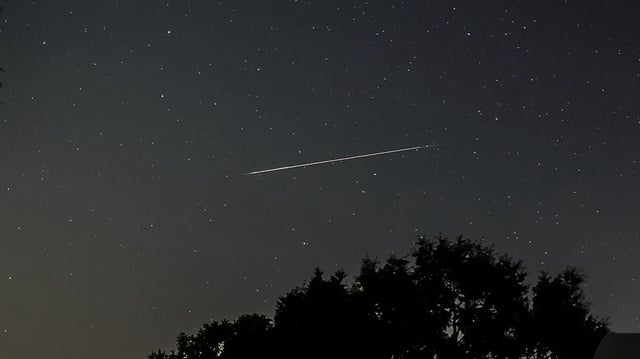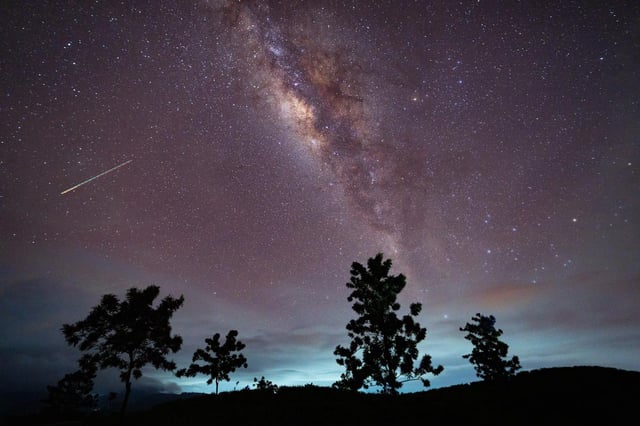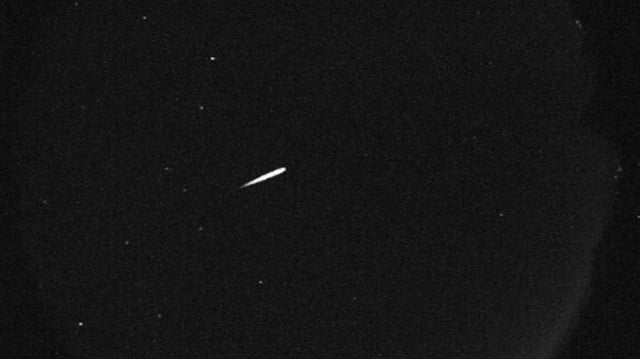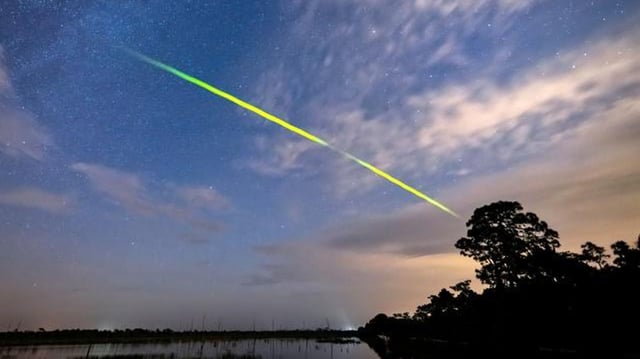Overview
- The Eta Aquarids, caused by debris from Halley’s Comet, will peak early on the morning of May 6, 2025, offering optimal viewing conditions before dawn.
- Southern Hemisphere observers are favored with meteor rates of up to 50 per hour, while Northern Hemisphere viewers can expect 10–20 meteors per hour.
- The meteors, traveling at speeds up to 65 km/s, often leave glowing trails that can last several seconds to minutes.
- The shower radiates from the constellation Aquarius, specifically near the star Eta Aquarii, and is best viewed in dark, rural areas away from city lights.
- NASA and experts recommend allowing at least 20 minutes for eyes to adjust to the dark and looking east–southeast for the best experience.



